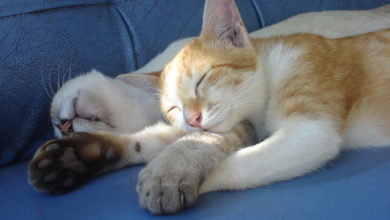Hypophysectomy at the RVC – A decade of innovation to help cats and dogs
Joe Fenn, Senior Lecturer in Veterinary Neurology and Neurosurgery at the Royal Veterinary College

Hypophysectomy is a surgical procedure performed to remove the pituitary gland and any associated tumour that may be impairing patient quality of life. The Royal Veterinary College (RVC) pioneered the technique in UK veterinary practice a decade ago and has continued to lead and progress the field.







